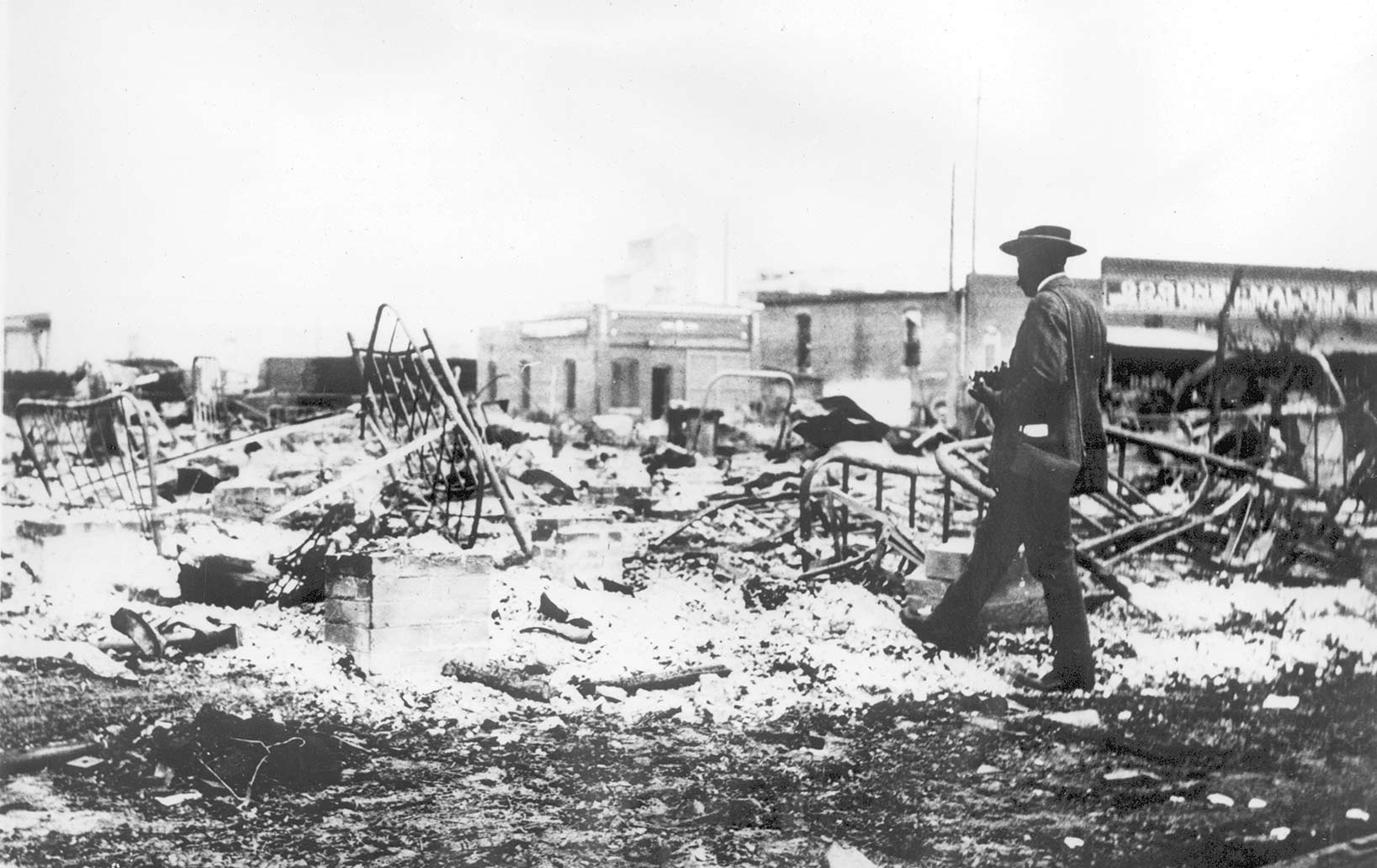Atom Bomb: One World or None Atom Bomb: One World or None
The creation of the atom bomb is the greatest revolution ever accomplished in science--and unquestionably the most frightening.
Aug 23, 2001 / Freda Kirchwey

Tulsa, 1921 Tulsa, 1921
On the 100th anniversary of the riot in that city, we commemorate the report written for this magazine by a remarkable journalist.
Aug 23, 2001 / Feature / The Editors and Walter F. White
We’re All Ears We’re All Ears
An accomplished journalist weaves a narrative about the NSA that includes sympathetic portraits of key players.
May 31, 2001 / Books & the Arts / Dusko Doder
The Uncertainty Principals The Uncertainty Principals
American intellectuals love the higher gossip because it gives intellectual life here--ignored or sneered at by the public--a good name. Sensational anecdotes (Harvard's Louis Aga...
May 25, 2001 / Books & the Arts / Carlin Romano
Discovery/The Nation ’01 Prizewinners Discovery/The Nation ’01 Prizewinners
The Nation announces the winners of Discovery/The Nation, the Joan Leiman Jacobson Poetry Prize.
Apr 19, 2001 / Books & the Arts / Grace Schulman
Hollywood’s Big Sleep Hollywood’s Big Sleep
With negotiations between the Writers Guild and some of Hollywood's major film studios and TV networks at an impasse as the May 1 deadline nears, putting the panic of a strike in...
Mar 15, 2001 / Books & the Arts / Raymond Chandler
Deconstructing the Election Deconstructing the Election
The history which bears and determines us has the form of a war rather than that of a language: relations of power, not relations of meaning. ...
Mar 8, 2001 / Books & the Arts / Win McCormack
Vietnam: ‘Quagmire’ Quackery Vietnam: ‘Quagmire’ Quackery
Another book on the Vietnam War? Yes, and one well worth our attention. Enough time has now passed that A.J. Langguth's Our Vietnam: The War 1954-1975 serves not only as a wonder...
Feb 15, 2001 / Books & the Arts / David Rudenstine
Greedlock in Congress Greedlock in Congress
Single-payer healthcare is favored by the public, yet the insurance industry has too much to lose if it is enacted.
Feb 8, 2001 / Books & the Arts / Kip Sullivan
Acid Rock: A Flashback Acid Rock: A Flashback
Nick Bromell's Tomorrow Never Knows explores rock and roll in the sixties.
Feb 8, 2001 / Books & the Arts / Jon Wiener
